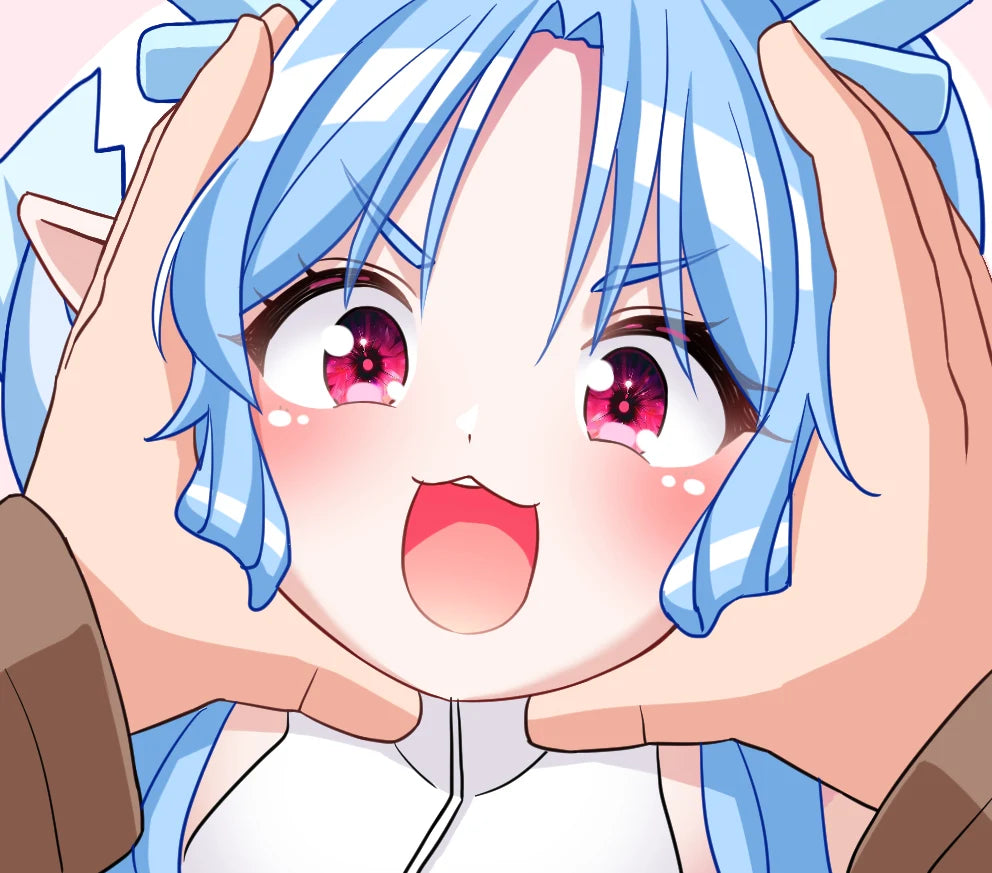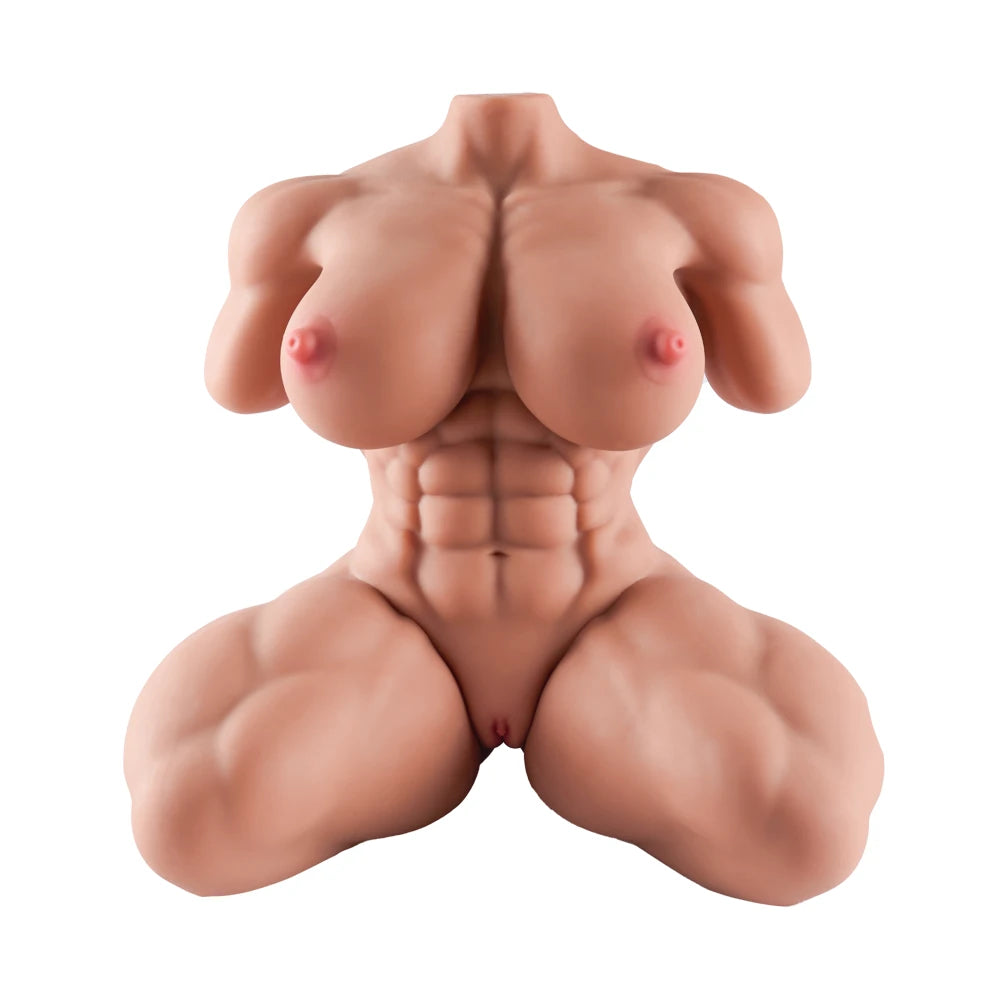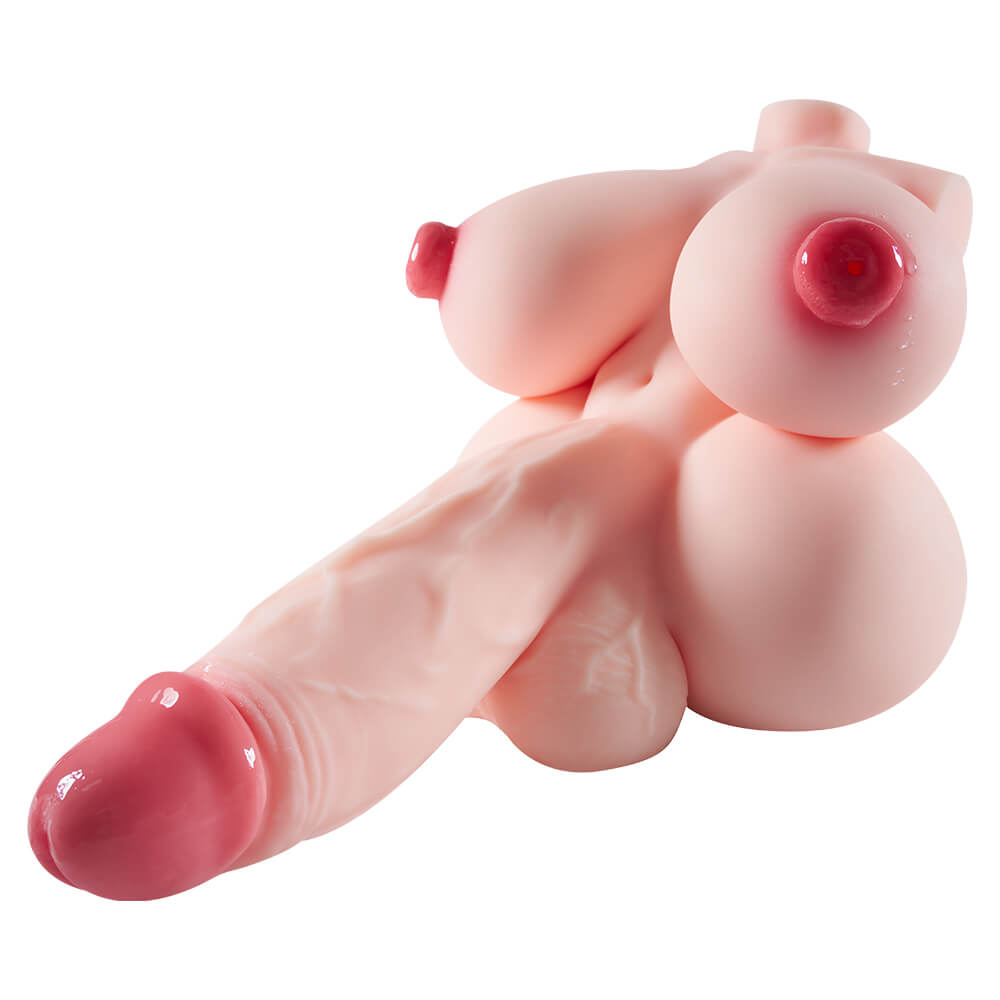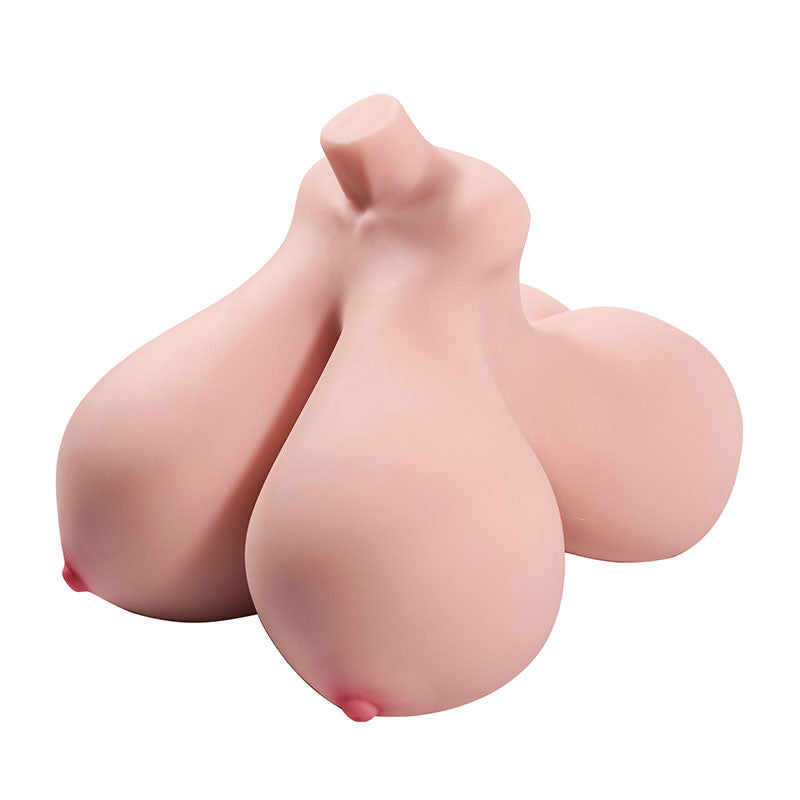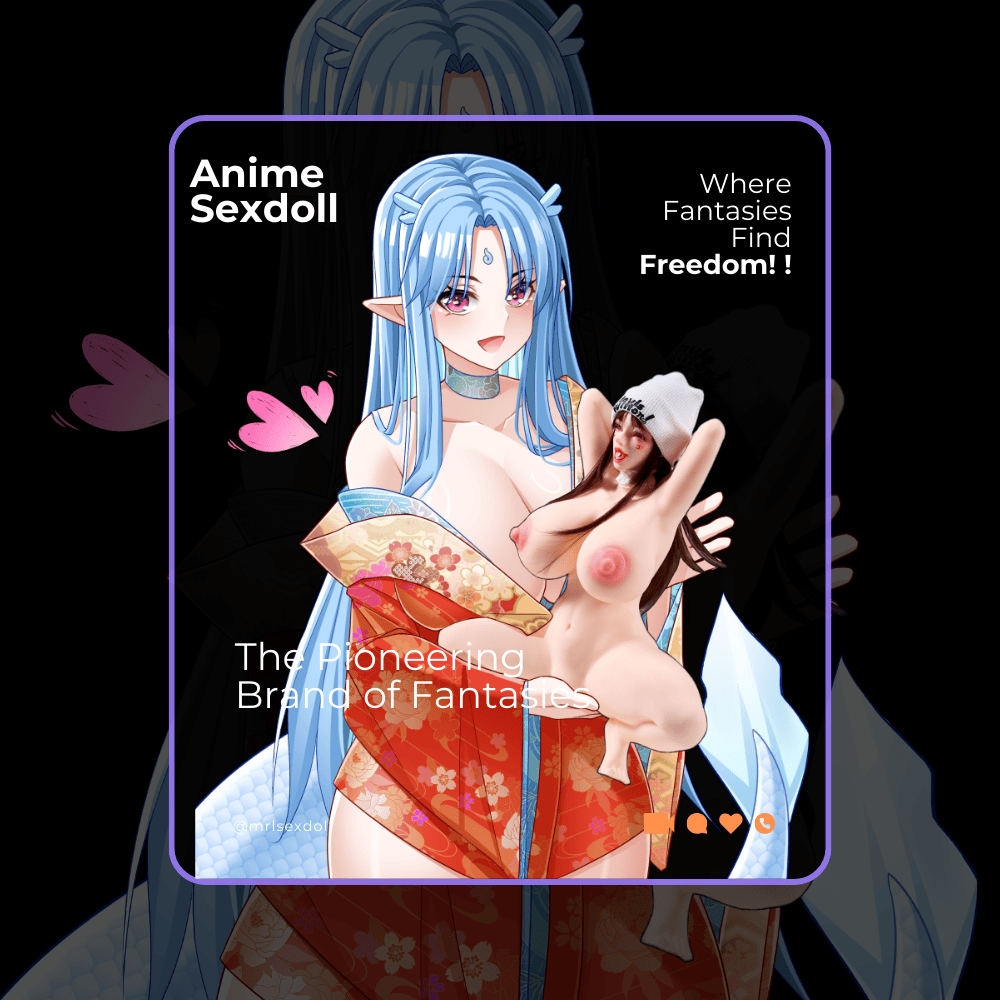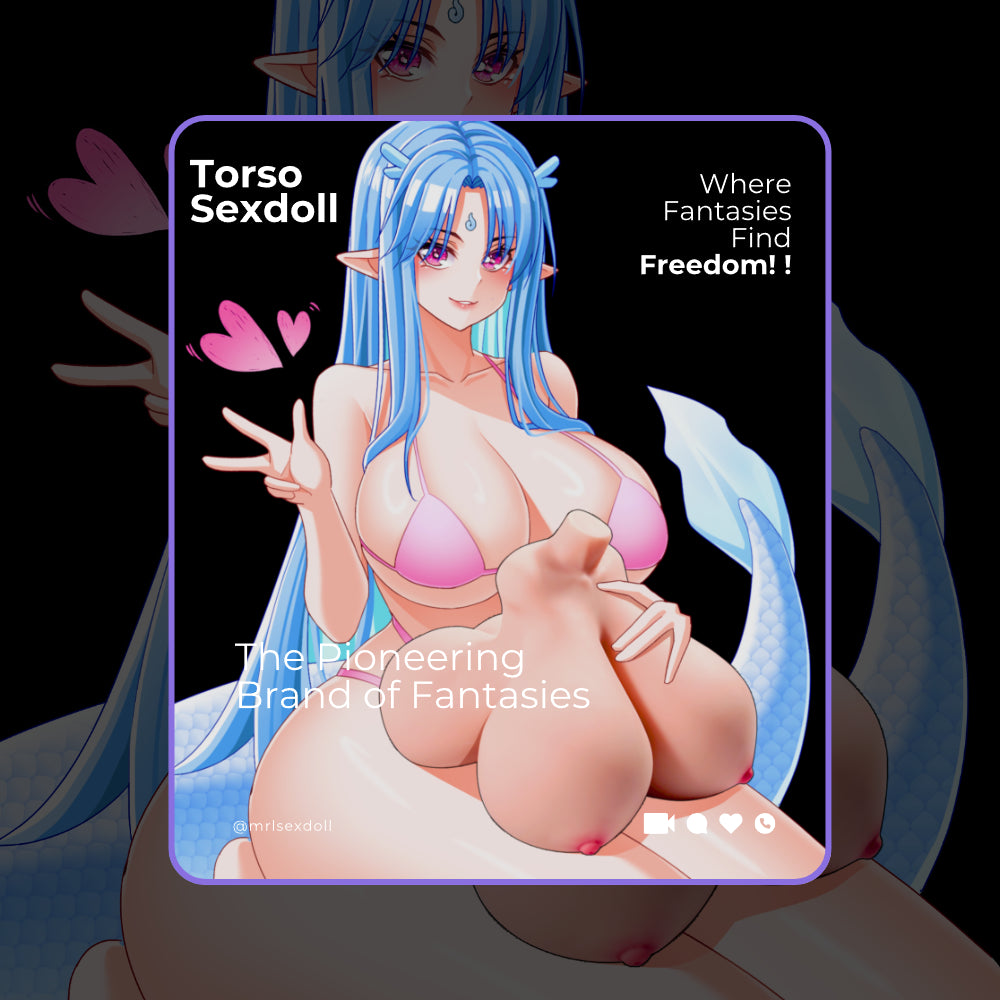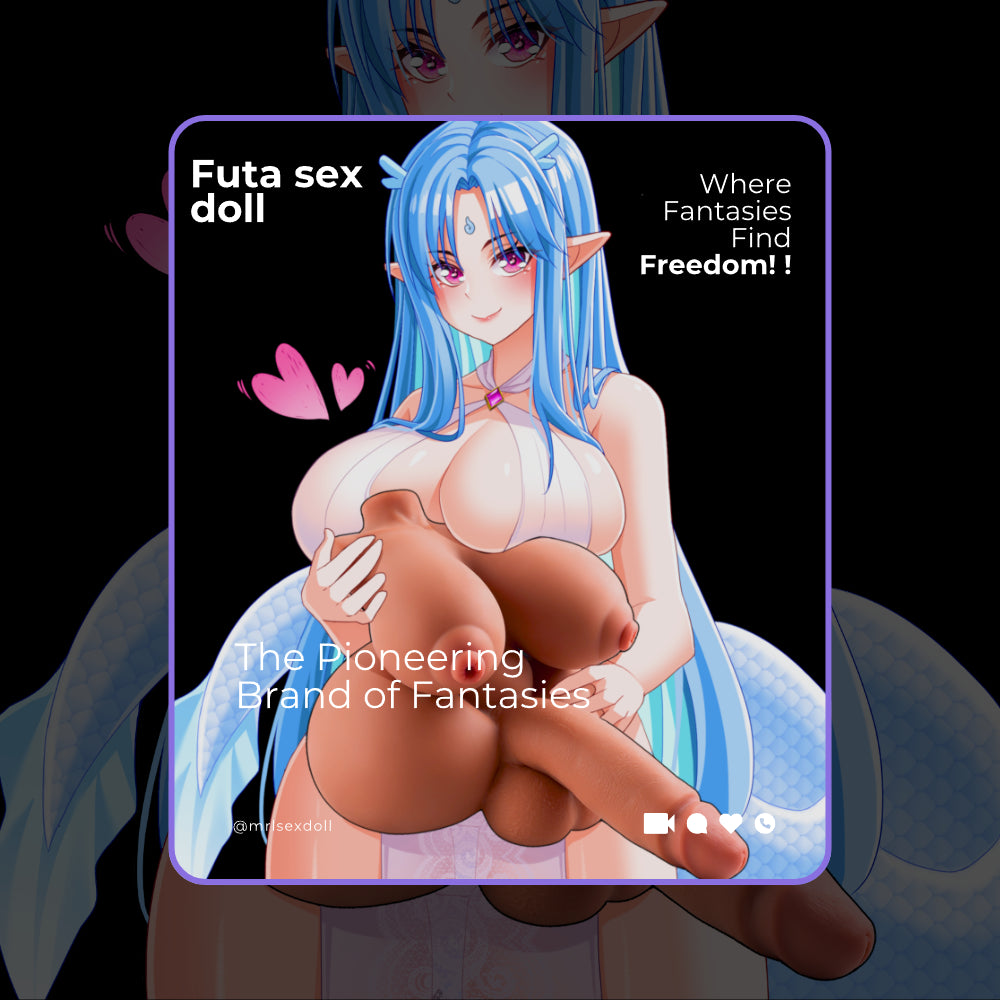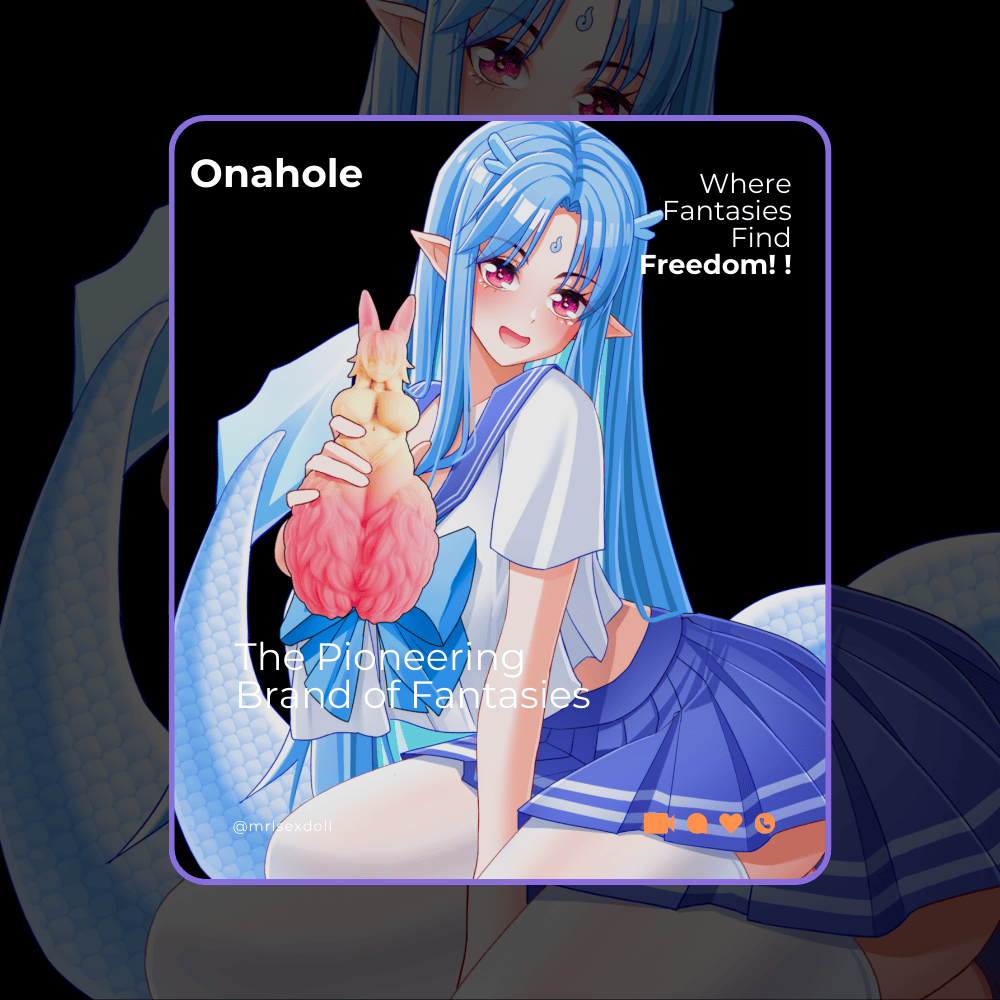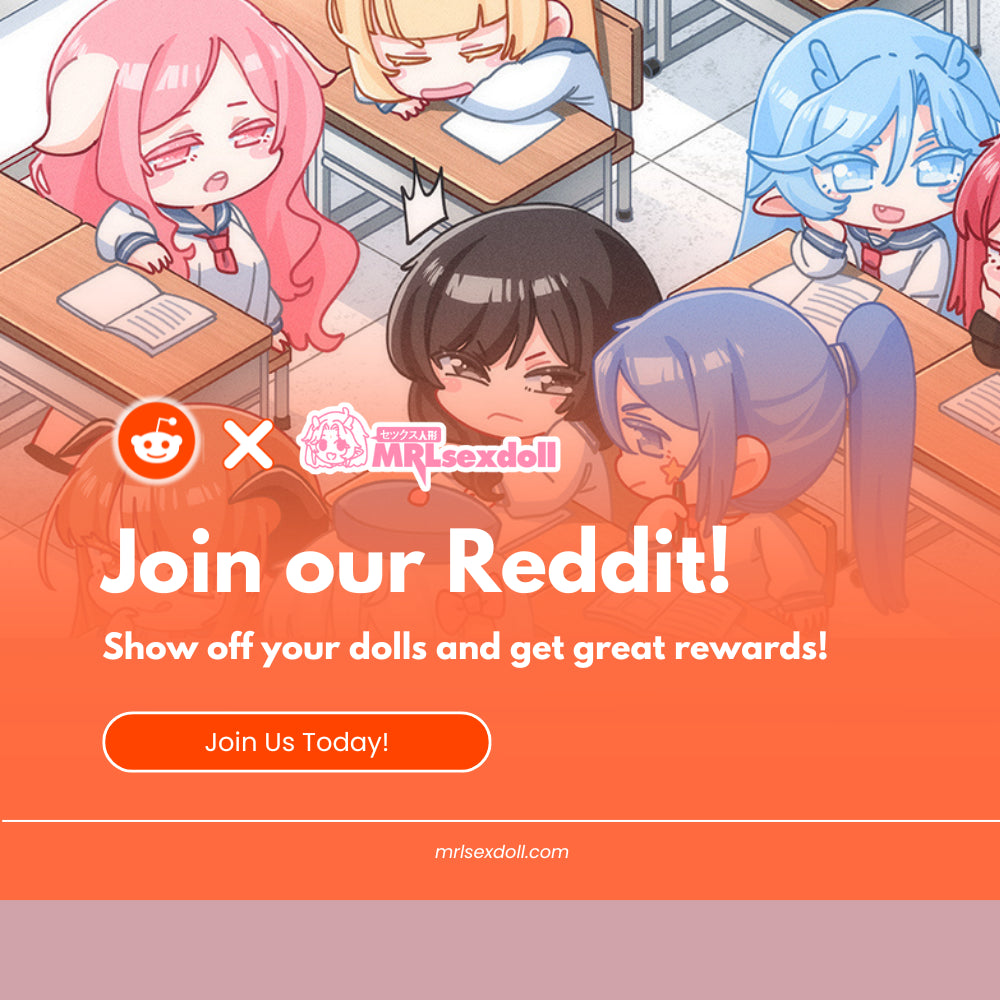Why Do People Love Anime Furry Characters? An In-Depth Look at Kemono and Fandom

You have probably seen a growing trend in media from around the world. Human-like animal characters are becoming a major part of popular culture. People often group these designs under the term 'anime furry.' This term, however, can be confusing. It mixes up many different art styles, cultural backgrounds, and fan groups. This article will break down this fascinating topic. We will explore what people are really looking for. When many people search for anime furry, they are often thinking of a specific Japanese art style called 'Kemono' (けもの). Understanding this term is the first step. We will go beyond simple definitions to explore the art, the history, and the psychology that makes furries anime and similar designs so appealing.
What Are We Really Talking About? Decoding "Kemono" vs. "Western Furry"
To really get the appeal, we need to be clear about the words we use. A lot of the confusion happens because people use a Western term ('furry') for a Japanese art style ('Kemono'). These two things are not the same, and their differences are important.
Defining "Kemono" (けもの): The Japanese Art of the Beast-Human

The word Kemono (獣) just means 'beast' in Japanese. In art, it refers to a specific Japanese style that shows human-like animal characters. The main difference is its look. Kemono art is drawn in a clear Japanese anime or manga style.
This style has several key features:
·Big, Expressive Eyes: This is a classic part of anime. The large eyes are used to show a wide range of human emotions.
·Stylized Snouts: Many Western styles might use realistic muzzles. Kemono designs, on the other hand, often have smaller or shorter snouts that look more human-like.
·'Kawaii' (Cuteness) Influence: The whole look often leans toward 'cuteness' (kawaii). This isn't a strict rule, but it is very common.
It is important to know that while Kemono art can be "cute," the style itself is broader and can be used to depict a wide range of genres and tones, from lighthearted to very serious.
The Critical Distinction: Kemono, Kemomimi, and Western Furry

The term 'anime furry' is confusing because it lumps three different ideas together: Kemono, Kemomimi, and the Western Furry fandom.
1.Kemomimi (獣耳): This word means 'beast ears.' It refers to characters who are mostly human but just have animal parts, like cat ears and a tail. The popular 'catgirl' (nekomimi) is a perfect example.
2.Kemono (けもの): As we just discussed, these characters are mostly animal but have human-like bodies, walk upright, and have human intelligence.
3.Western Furry: This is a large subculture that mainly started in the West. The art style is very diverse. It can look like cartoons, be super-realistic, or anything in between. Its history comes more from science fiction and comics.
For anyone trying to understand these nuances, this distinction is the most critical piece of information. The following table helps clarify the core differences.
|
Term |
Origin |
Core Base |
Key Artistic Features |
|---|---|---|---|
|
Kemono (けもの ) |
Japanese |
Animal |
Fully anthropomorphic animal. Features Japanese anime aesthetics (large eyes, small snout). |
|
Kemomimi (獣耳 ) |
Japanese |
Human |
Primarily human with the addition of animal ears and a tail. |
|
Furry (Western) |
Western |
Animal |
Fully anthropomorphic animal. Extremely diverse art styles (toony, realistic, semi-realistic). |
The Psychology of Connection: Why We Bond with These Characters
Defining the art style only answers what it is. The more interesting question is why it's so popular. Why do people connect so strongly with these designs? The answer seems to be a mix of storytelling psychology and unique cultural reasons.
"Kawaii" as Counter-Culture: More Than Just Cuteness
Many Kemono designs use 'kawaii' (cuteness). This is more than just a surface-level look; it's a clever storytelling tool. Some analysis of Japanese pop culture shows 'kawaii' can even be a form of counter-culture. It started as a subtle way for young people to rebel against the very strict social rules and work ethics of post-war Japan.
This hidden rebellious quality is what makes it work so well in modern anime:

·Case Study: Aggretsuko: This show is a perfect example. The main character, Retsuko, is a 'cute' red panda (a Kemono design) stuck in a terrible office job. Her 'kawaii' look is a social mask. She vents her hidden rage by secretly singing death metal in a karaoke booth. The cute design isn't just a design; it creates the story's conflict.

·Case Study: BNA: Brand New Animal: This series uses its 'Beastmen' (Kemono characters) to talk about difficult social topics like prejudice, segregation, and identity politics.
This storytelling trick works because of what experts call 'Iconic Abstraction'. By using an abstract, non-human (animal) face, the character feels more universal. Viewers can easily see themselves in the character. This provides a safe way to explore 'unsafe' human feelings like rage or feeling like an outcast.
'Romantic Anthropomorphism': The Science of Bonding
The strong, and sometimes even romantic, feelings that fans have for these characters are not just 'make-believe.' They are part of a real psychological idea that researchers are studying. Dr. Mayu Koike at Hiroshima University calls this 'Romantic Anthropomorphism'.
This field of study looks at how and why people can fall in love with virtual or fictional characters. The research shows these connections are not unhealthy. They can give people real emotional support, help them develop social skills, and make them feel less lonely. This research helps validate the fan experience: the connection feels real because its emotional and psychological effects are real.
The Deep Roots: Cultural Origins of Human-like Animals
To truly understand this topic, we have to look past modern anime. The Japanese love for human-like animals isn't a new trend. It is a core part of the nation's cultural and spiritual history.

Why Japan? Shinto, Animism, and Folklore The popularity of these characters in Japan is closely tied to its native religion, Shinto. Shinto is 'animistic,' which is a belief that all things—animals, trees, and even rocks—have a spirit, or 'kami'. In this way of thinking, animals are very special. They are often seen as messengers of the gods, or as powerful spirits themselves.
The kitsune (fox) and tanuki (raccoon dog) are famous examples. They have a long history in folklore as intelligent tricksters who can change shape and interact with humans. This tradition is ancient. It appears in Japan's oldest art and writing, like the 12th-century Chōjū-giga (Scrolls of Frolicking Animals). This scroll is often called the 'first manga' because it shows animals acting like people.

A 'Safe Place' for Emotions This spiritual belief also has a psychological effect. Traditional Japanese society often values group harmony ('Wa') very highly. This means people are often encouraged to keep strong personal feelings inside and instead show sympathy for others. In this kind of culture, human-like animal characters become a vital, safe place to explore complex human emotions. Characters like the raging red panda in Aggretsuko provide a necessary outlet. They let creators and audiences explore feelings like rage or love on a non-human character. This allows for a critical discussion of those feelings without threatening social harmony.
From Fandom to Form: How Furry Anime Girl Fans Express Identity
This mix of appealing art, deep psychology, and rich cultural history has a powerful result: it creates an active, creative fandom. When people search for a term like furry anime girl, they are often moving from just watching to doing.
Fandom as Identity: The Drive to Participate

For many fans, this isn't just a hobby; it's a part of who they are. This is especially true for communities centered on identity, like the furry and anime fandoms. Research shows these fan groups are often very inclusive spaces for people exploring their identity.
This need for self-expression often leads to 'creation.' A central idea is the 'fursona'—a personal human-like animal character that a fan creates to represent themselves, their personality, or an ideal version of themselves. In fact, studies have found that the furry fandom, which has a big overlap with the anime community, has one of the highest numbers of self-identified artists of any fan group. A search for a furry anime girl is often a search for artistic inspiration or a visual reference for this personal identity.
The Collector's Drive: Seeking a 'Tangible Representation'

This need to express an identity leads to the next logical step: making the virtual world 'real.' When a fan forms a strong emotional and psychological bond with an aesthetic , a powerful desire appears to make that connection physical.
Fan collecting is not a simple hobby. It's a 'search for satisfaction' and a way to 'express individuality'. Studies on fan behavior describe merchandise as 'tangible representations' of beloved characters and stories. A collectible isn't just an object. It is a 'tangible expression' of the fan's identity and a 'visual and physical self-biography'. The fast-growing online market for figurines, statues, and collectibles—from simple keychains to 'mature' or 'Pin Up' style art—is clear proof of this desire. Fans are willing to invest real resources to turn their digital passion into a physical reality.
The Apex of Fandom: High-Fidelity Collectibles and Lifelike Art
A collector's journey often involves a search for better and better quality. It might start with posters, but it can grow into a quest for higher detail, artistry, and 'presence'. For the most dedicated enthusiasts, the goal is to find that one 'grail' piece that truly embodies the connection they feel.
This psychological drive for a tangible connection has pushed the enthusiast market beyond simple desktop figures. Collectors now look for hyper-realistic, often life-size, representations that capture the full essence of their ideal character. This evolution in materials and artistry has led to the creation of advanced furry sex dolls, which many in this niche community see as the ultimate high-fidelity art form. They offer a level of physical detail and presence that is unmatched.
For many, this journey ends when they find a specific design that speaks to them personally. A great example of this specific, high-level artistry is the 'Nicole' anthropomorphic kitten, a furries sex doll designed with incredible detail. From its 'Kemono'-inspired facial features to its lifelike texture, it represents a perfect bridge between a collectible and a companion. This kind of item represents the ultimate fulfillment of that core psychological desire for a one-on-one, tangible connection with a beloved anthropomorphic design.
FAQs About Anime Furry and Kemono
What's the main difference between 'Kemono' and 'Kemomimi'?
The main difference is the base character. "Kemono" is a full animal-like creature with human features and an anime art style. "Kemomimi" is a human character who just has animal parts, like cat ears and a tail.
What are some popular anime that feature 'Kemono' (anime furry) characters?
Some of the most popular and recent anime that fit the "Kemono" style include Beastars, BNA: Brand New Animal, and Aggretsuko. These shows are known for using their characters to explore complex, human themes.
Is the "anime furry" (Kemono) community the same as the Western "furry" fandom?
They are separate, but they have a lot of overlap. The Western 'furry' fandom is a very broad subculture with many different art styles. The "Kemono" community is specifically focused on the Japanese anime-inspired art style.
What is a "fursona"?
A "fursona" is a personal, custom anthropomorphic character. A fan creates it to represent their personality or an ideal version of themselves within the fandom. It's a major form of self-expression.
Why are furry anime girl designs so popular?
The popularity of furry anime girl designs comes from a mix of factors. They combine the specific, appealing look of Japanese anime (like big, expressive eyes) with the deep psychological appeal of human-like animal characters. This allows for relatable characters and a strong focus for fan identity.

